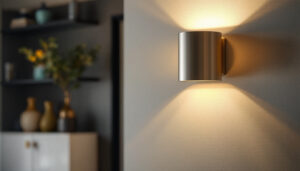
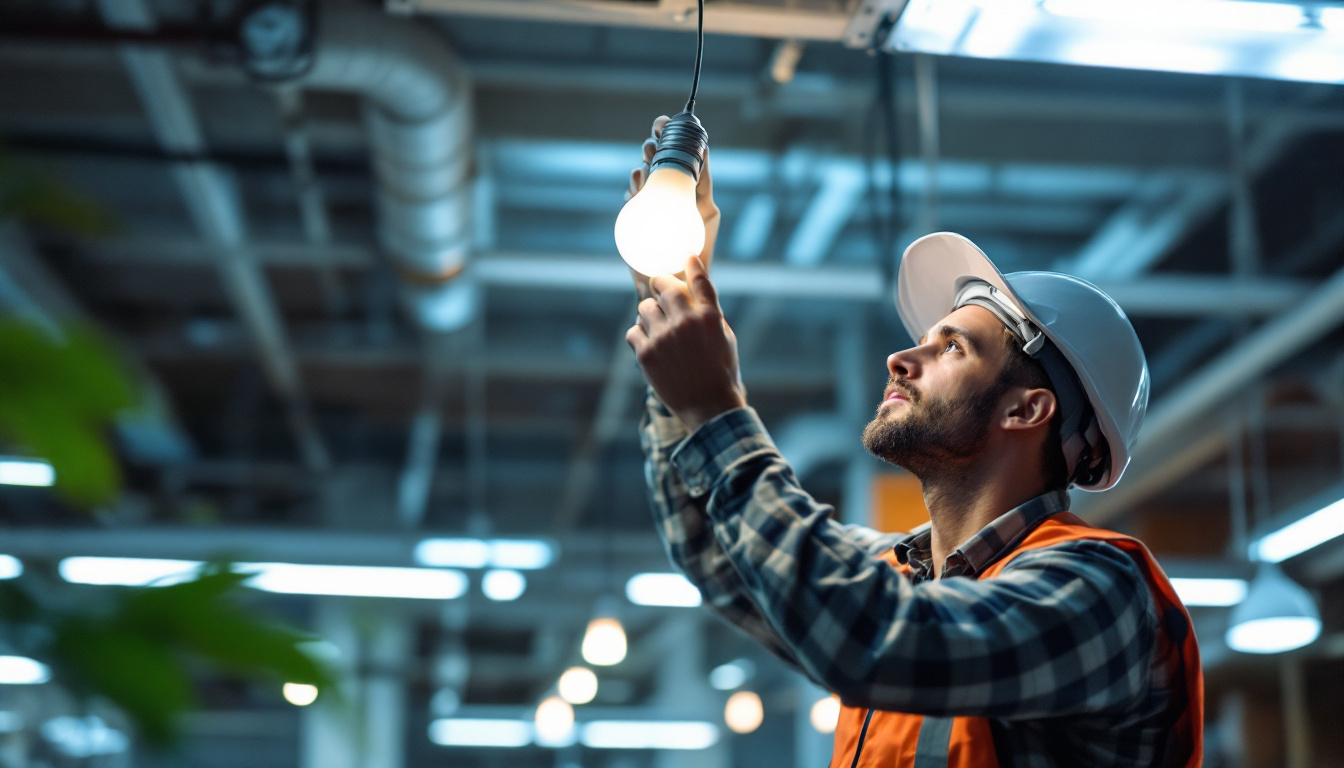
As the lighting industry evolves, the shift from fluorescent to LED technology has become increasingly prominent. This transition is not just a trend; it represents a fundamental change in how lighting is approached in both commercial and residential settings. For lighting contractors, understanding the benefits of LED over fluorescent lighting is crucial. Here are five compelling reasons why prioritizing fluorescent replacement with LED should be at the forefront of any lighting contractor’s agenda.
One of the most significant advantages of LED lighting is its energy efficiency. LEDs consume significantly less power compared to traditional fluorescent bulbs. This reduction in energy consumption translates directly into lower electricity bills for clients, making it an attractive selling point for contractors. With the rising costs of energy, the shift to LED lighting not only helps in managing expenses but also contributes to a more sustainable future by reducing the overall demand for electricity.
Moreover, the long lifespan of LED bulbs—often exceeding 25,000 hours—means that clients will spend less on replacements and maintenance. This longevity not only saves money but also reduces waste, aligning with growing environmental concerns. The durability of LEDs also means they are less prone to breakage, which is particularly beneficial in high-traffic areas or settings where lighting fixtures are difficult to access. This resilience can further enhance the appeal of LED installations for both residential and commercial clients.
When clients switch to LED lighting, they often experience a substantial decrease in their operating costs. The combination of lower energy consumption and reduced maintenance needs creates a compelling financial case for making the switch. For contractors, presenting these savings can enhance client relationships and lead to repeat business. Additionally, the enhanced efficiency of LED lighting can improve the overall ambiance and functionality of a space, which may result in increased productivity in commercial settings, further justifying the investment.
Many regions offer incentives and rebates for businesses that upgrade to energy-efficient lighting solutions. Lighting contractors can leverage these programs to provide clients with additional savings, making the transition to LED even more appealing. Staying informed about local and federal programs can give contractors a competitive edge in their market. Furthermore, as governments and organizations push for greener initiatives, the availability of such incentives is likely to increase, making it an opportune time for clients to invest in LED technology. By helping clients navigate these financial benefits, contractors can position themselves as trusted advisors in the energy efficiency landscape, fostering loyalty and encouraging word-of-mouth referrals.
LED technology has come a long way in terms of lighting quality. Unlike fluorescent lights, which often emit a harsh, flickering light, LEDs provide a more consistent and pleasant illumination. This quality can significantly enhance the ambiance of a space, making it more inviting and functional. The ability to control brightness levels and create dynamic lighting schemes further allows designers to craft environments that can adapt to different activities and moods throughout the day.
Furthermore, LEDs are available in a wide range of color temperatures, allowing contractors to tailor lighting solutions to meet specific client needs. Whether it’s a warm, soft light for a cozy restaurant or a bright, daylight-like hue for a workspace, LEDs can deliver the desired effect. This versatility not only helps in achieving aesthetic goals but also plays a crucial role in energy efficiency, as the right lighting can reduce the need for additional artificial light sources.
Color rendering is another critical factor where LEDs excel. With a higher Color Rendering Index (CRI) compared to fluorescent lights, LEDs can reproduce colors more accurately. This feature is particularly important in settings such as retail spaces, art galleries, and photography studios, where color perception is vital. For instance, in a clothing store, accurate color rendering can influence a customer’s purchasing decision, as the true colors of garments are essential for ensuring customer satisfaction.
Flicker and glare are common issues with fluorescent lighting that can lead to discomfort and eye strain. LEDs, on the other hand, provide a more stable light output, reducing these problems significantly. This improvement not only enhances the user experience but also contributes to a healthier work environment, which is increasingly important in today’s design considerations. Moreover, the reduced flicker associated with LED lights can help minimize headaches and fatigue, making them an excellent choice for environments where individuals spend extended periods, such as offices and schools.
In addition to these benefits, the design of LED fixtures often allows for more innovative and aesthetically pleasing installations. Sleek, modern designs can seamlessly integrate into various architectural styles, enhancing both form and function. From recessed lighting to stylish pendant fixtures, the adaptability of LED technology enables architects and designers to push the boundaries of creative lighting solutions, ultimately transforming spaces into visually striking environments that resonate with users on multiple levels.
As sustainability becomes a priority for many businesses, the environmental benefits of switching to LED lighting cannot be overlooked. LEDs are free from harmful substances like mercury, which is present in fluorescent bulbs. This absence makes disposal easier and less hazardous, aligning with eco-friendly practices.
Additionally, the energy savings associated with LED lighting contribute to a reduced carbon footprint. By promoting LED replacements, contractors can play a vital role in helping clients meet their sustainability goals. This alignment with environmental responsibility can also enhance a contractor’s reputation in the market.
While LEDs are more environmentally friendly, it is still essential to consider recycling options for old fluorescent bulbs. Many municipalities have programs in place for the safe disposal and recycling of these materials. Contractors can educate clients about these options, reinforcing their commitment to sustainability.
The long-term benefits of switching to LED lighting extend beyond immediate energy savings. Over time, reduced energy consumption leads to lower greenhouse gas emissions, contributing to a healthier planet. By prioritizing LED installations, contractors can help foster a culture of sustainability within their communities.
LED technology is continuously evolving, offering a wealth of options for lighting contractors. From smart lighting solutions that integrate with home automation systems to outdoor lighting that withstands harsh weather conditions, the versatility of LEDs is unmatched. This adaptability allows contractors to meet a wide range of client needs, enhancing their service offerings.
Moreover, the innovation in LED technology is ongoing, with advancements in efficiency, brightness, and color options. By staying updated on the latest developments, contractors can provide cutting-edge solutions that set them apart from competitors.
Smart lighting is becoming increasingly popular among consumers seeking convenience and energy savings. LEDs can be easily integrated into smart home systems, allowing users to control their lighting remotely through smartphones or voice commands. Lighting contractors who offer these solutions can tap into a growing market and position themselves as forward-thinking professionals.
LEDs also come in various shapes and sizes, making them suitable for a multitude of applications. Whether it’s recessed lighting, decorative fixtures, or linear lighting, the design possibilities are nearly limitless. This flexibility allows contractors to create tailored solutions that meet the specific aesthetic and functional requirements of each project.
Safety is a paramount concern in any lighting installation. LED lights operate at a lower temperature than fluorescent bulbs, reducing the risk of burns or fire hazards. This characteristic makes LEDs a safer choice for both residential and commercial applications.
Additionally, the durability of LED fixtures contributes to their safety profile. Unlike fragile fluorescent tubes, LEDs are more robust and resistant to breakage. This resilience minimizes the risk of accidents during installation and use, providing peace of mind for both contractors and clients.
Fluorescent lights emit ultraviolet (UV) radiation, which can be harmful to both human health and materials. LEDs, on the other hand, produce minimal UV emissions, making them a safer option for environments where sensitive items, such as artwork or textiles, are present. This feature is particularly appealing to clients who prioritize the preservation of their investments.
As regulations around lighting continue to evolve, it is essential for contractors to ensure that their installations comply with current safety standards. LEDs are often designed with these regulations in mind, making it easier for contractors to meet compliance requirements. This proactive approach can help avoid potential liabilities and enhance the contractor’s reputation for quality and safety.
The transition from fluorescent to LED lighting is not just a trend; it represents a significant shift in the lighting industry that offers numerous benefits for contractors and clients alike. From energy efficiency and cost savings to improved lighting quality and environmental impact, the advantages of LED technology are compelling.
By prioritizing fluorescent replacement with LED, lighting contractors can position themselves as leaders in the industry, providing innovative solutions that meet the evolving needs of their clients. Embracing this change not only enhances business opportunities but also contributes to a more sustainable future.
In a market that increasingly values efficiency, quality, and environmental responsibility, the case for LED lighting is stronger than ever. Lighting contractors who recognize and act on these trends will not only thrive but also play a crucial role in shaping the future of lighting.
Ready to lead the charge in the LED lighting transformation? At LumenWholesale, we provide lighting contractors with the highest quality, spec-grade LED products at unbeatable wholesale prices. Say goodbye to local distributor markups and hello to superior lighting solutions that meet the strictest industry standards. With our expansive selection, free shipping on bulk orders, and a commitment to affordability and convenience, you’re set to deliver exceptional value to your clients. Elevate your lighting projects and join the sustainable future today by visiting Wholesale Lighting at the Best Value.

Discover the essential insights on UV Light A that every lighting contractor needs to know.
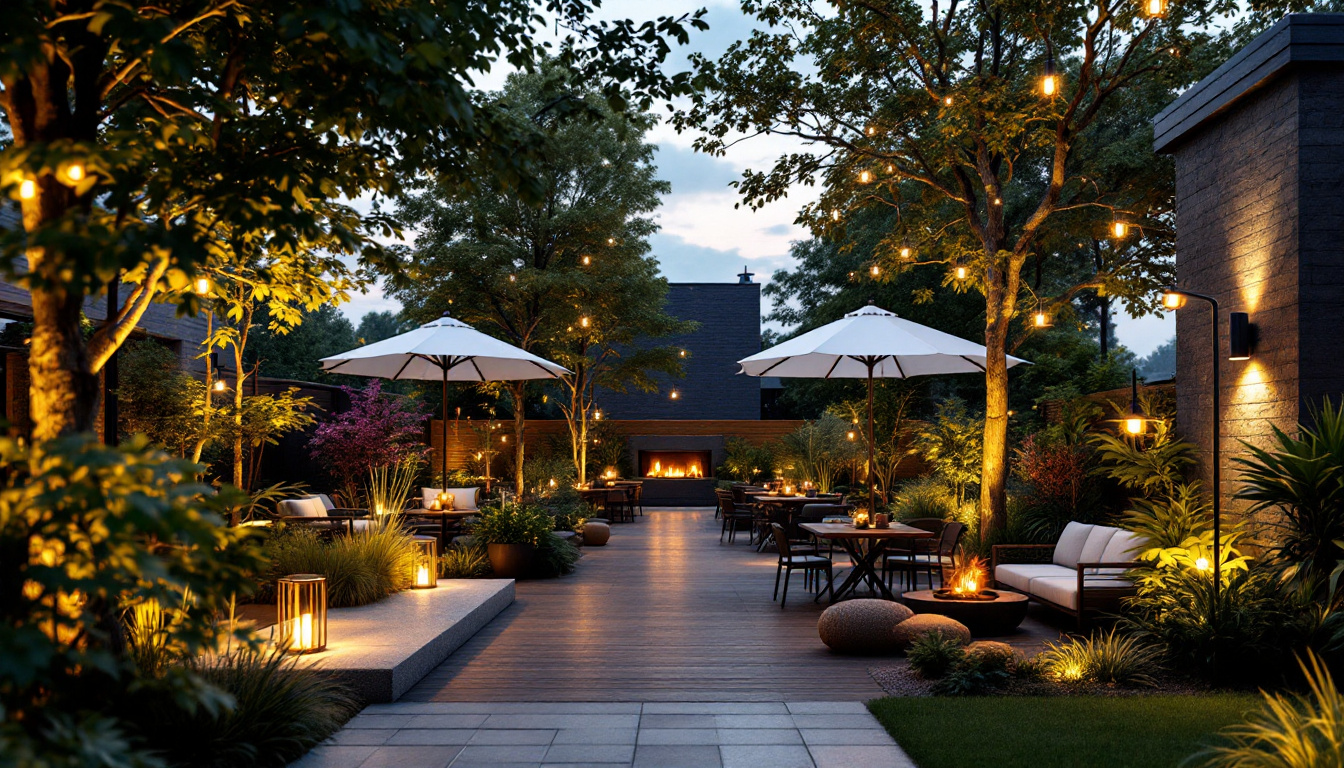
Discover the essential insights lighting contractors need to know about outdoor lighting fixtures.
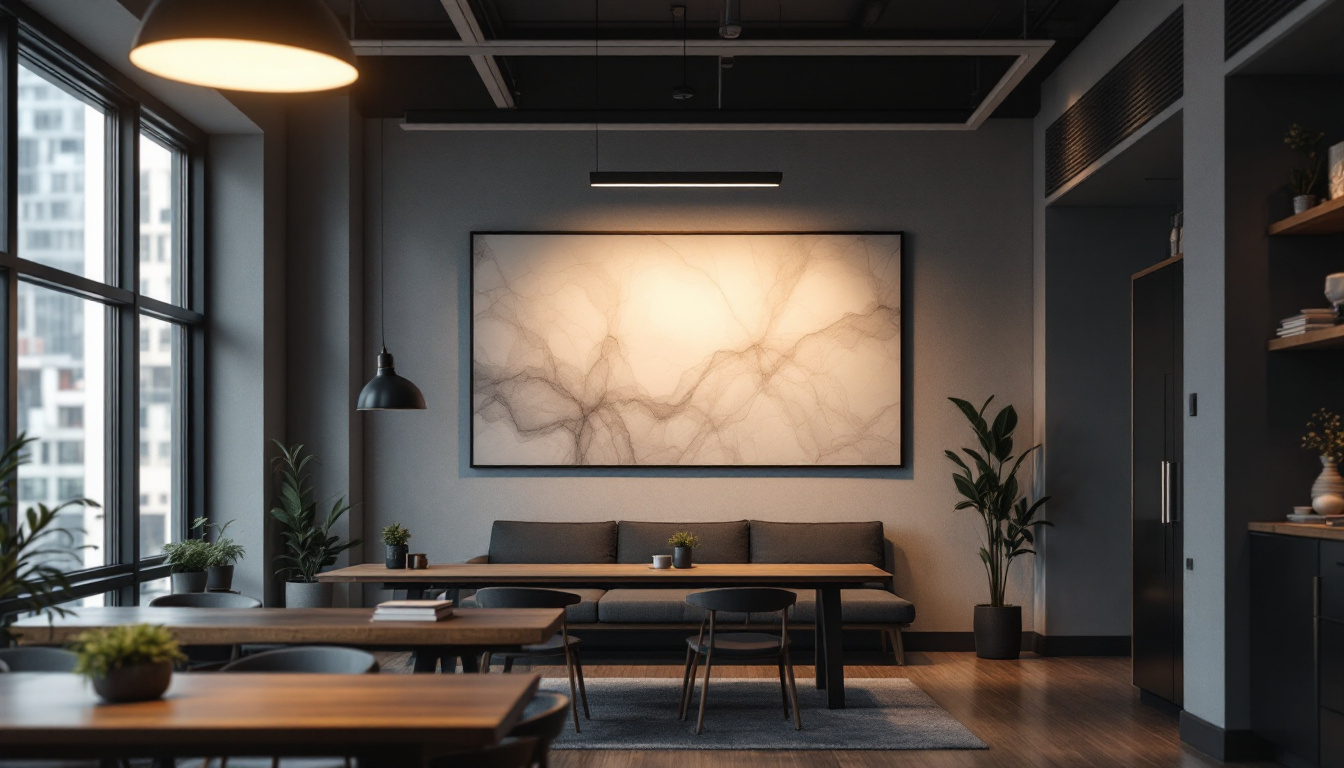
Discover the latest trends in 2X4 LED lights that every lighting contractor needs to know.
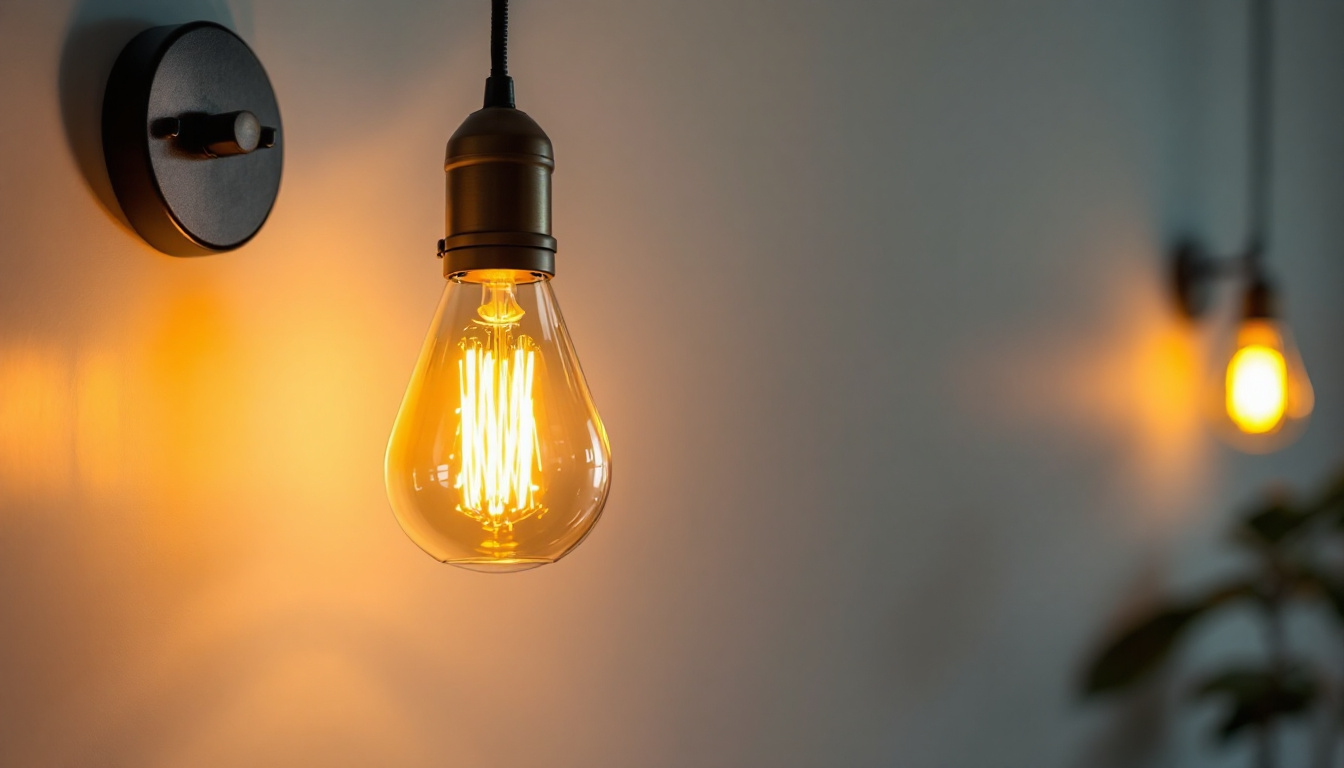
Discover essential insights and expert tips for lighting contractors in this comprehensive guide on light fixtures.
Get notified when NEW deals are released.
Optimize your budget with wholesale discounts.
Only top-quality, specification-grade lighting products.
No additional costs at checkout - what you see is what you pay.
We understand the unique needs of contractors.